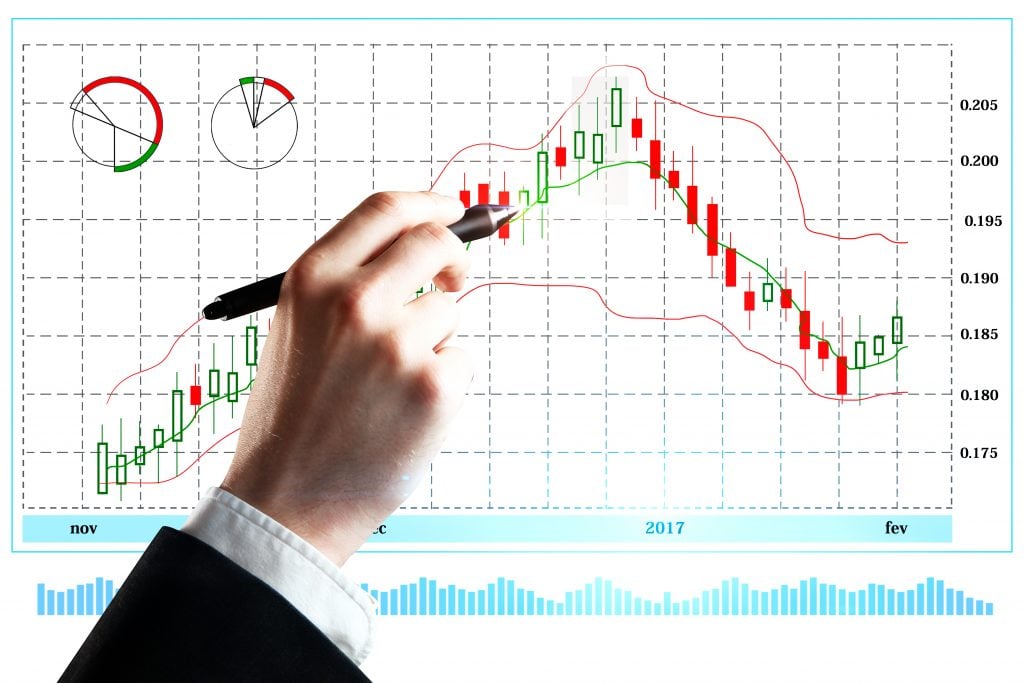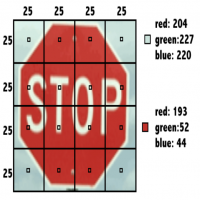Understanding Forex Market Trends: A Beginner’s Guide

Strong 8k brings an ultra-HD IPTV experience to your living room and your pocket.
The forex market, or foreign exchange market, is one of the most dynamic financial markets in the world. It operates 24/5 and offers endless opportunities for traders to profit from currency price fluctuations. To trade successfully, it’s essential to understand market trends and how they influence currency movements. In this article, we’ll discuss what forex trends are, why they are important, and how traders can identify and use them effectively.
What Are Forex Market Trends?
A trend in the forex market refers to the general direction in which the price of a currency pair moves over a period of time. Trends can be upward (bullish), downward (bearish), or sideways (ranging).
- Uptrend (Bullish Market): An uptrend occurs when prices consistently move higher. It is marked by a series of higher highs and higher lows.
- Downtrend (Bearish Market): A downtrend happens when prices consistently move lower, creating lower highs and lower lows.
- Sideways Trend (Ranging Market): In a ranging market, prices move within a horizontal range without a clear upward or downward direction.
- Recognizing these trends is crucial for traders to make informed decisions about entering or exiting trades.
Why Are Trends Important in Forex Trading?
Trends are the backbone of forex trading strategies. Understanding trends helps traders:
- Identify Opportunities: By knowing whether the market is bullish, bearish, or ranging, traders can align their trades with the market’s momentum.
- Minimize Risk: Trading with the trend reduces the likelihood of losses caused by unexpected price reversals.
- Set Clear Goals: Trends provide insights into potential price targets and help traders decide when to take profits or cut losses.
- Trading against the trend is riskier and requires more advanced strategies, making trend-following an essential skill for beginners.
How to Identify Forex Trends
1. Analyzing Price Charts
Price charts are the primary tool for identifying trends. Look for patterns that indicate higher highs and higher lows for uptrends or lower highs and lower lows for downtrends. Popular chart types include line charts, bar charts, and candlestick charts, with candlestick charts being the most commonly used due to their detailed visual representation.
2. Using Moving Averages
Moving averages are a powerful tool for spotting trends. A moving average smoothens price data over a specified period, making it easier to see the overall direction.
Simple Moving Average (SMA): A straightforward average of prices over a set period.
Exponential Moving Average (EMA): Gives more weight to recent price data for quicker trend detection.
When the price is above the moving average, it often signals an uptrend. Conversely, when the price is below the moving average, it suggests a downtrend.
3. Trendlines
Trendlines are drawn on price charts to visually connect significant highs or lows. An upward trendline connects rising lows, while a downward trendline connects falling highs. These lines act as support or resistance levels and help traders confirm the trend's strength.
4. Technical Indicators
Technical indicators can enhance trend analysis by providing additional signals. Common indicators include:
Relative Strength Index (RSI): Measures the speed and change of price movements to identify overbought or oversold conditions.
Moving Average Convergence Divergence (MACD): Shows the relationship between two moving averages and signals momentum changes.
Bollinger Bands: Indicate market volatility and potential trend reversals.
5. Timeframes
Trends can vary depending on the timeframe analyzed. Short-term traders may focus on minute or hourly charts, while long-term traders look at daily or weekly charts. Combining multiple timeframes helps traders understand the broader market context and avoid making decisions based on noise.
Common Mistakes in Trend Trading
1. Ignoring Market Conditions
Trends do not last forever. Traders often make the mistake of assuming a trend will continue indefinitely. Always watch for signs of trend reversals or weakening momentum.
2. Overtrading
Getting caught up in short-term market noise can lead to overtrading. Stick to a trading plan and avoid entering trades without clear trend confirmation.
3. Failing to Use Stop-Loss Orders
Even when trading with a trend, unexpected reversals can happen. Stop-loss orders protect your account by limiting potential losses.
4. Relying Solely on Indicators
While indicators are helpful, they should not be the sole basis for trading decisions. Combine them with price action analysis and other tools for a more comprehensive view.
How to Trade Forex Trends
Trading with the trend involves several steps:
Identify the Trend: Use charts, moving averages, and trendlines to determine the trend direction.
Enter Trades at the Right Time: Avoid entering trades when the trend is overextended. Wait for pullbacks to support or resistance levels before entering.
Set Clear Targets: Decide your take-profit and stop-loss levels in advance to manage risk.
Monitor the Trend’s Strength: Watch for signs of weakening momentum, such as divergence in indicators or price breaking key trendlines.
Advantages of Trading Trends
Trading trends offers several benefits. It simplifies decision-making by focusing on the market’s overall direction. Trend trading also aligns with the natural flow of the market, increasing the likelihood of success. Additionally, it works well across different timeframes, making it suitable for both short-term and long-term traders.
Conclusion
Understanding and trading forex market trends is a fundamental skill for any trader. By analyzing price charts, using tools like moving averages and indicators, and avoiding common mistakes, traders can make informed decisions and maximize their profits.
The forex market is constantly changing, and trends can shift quickly. Staying disciplined, continuously learning, and adapting to market conditions are essential for success. Remember, the trend is your friend—until it ends. Always trade responsibly and have a solid plan in place to navigate this exciting market.
Note: IndiBlogHub features both user-submitted and editorial content. We do not verify third-party contributions. Read our Disclaimer and Privacy Policyfor details.


